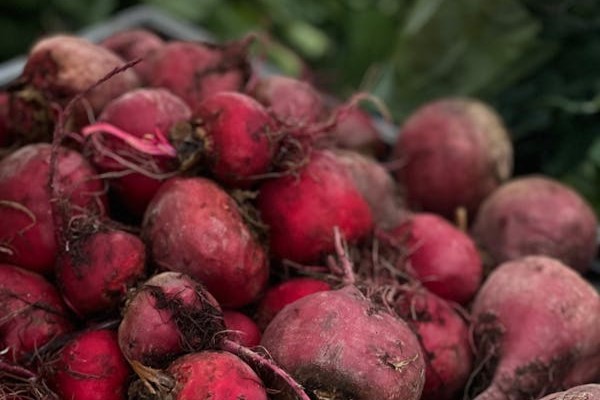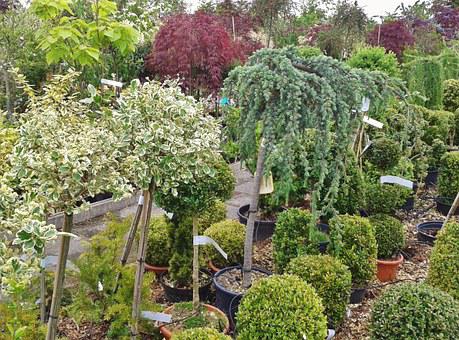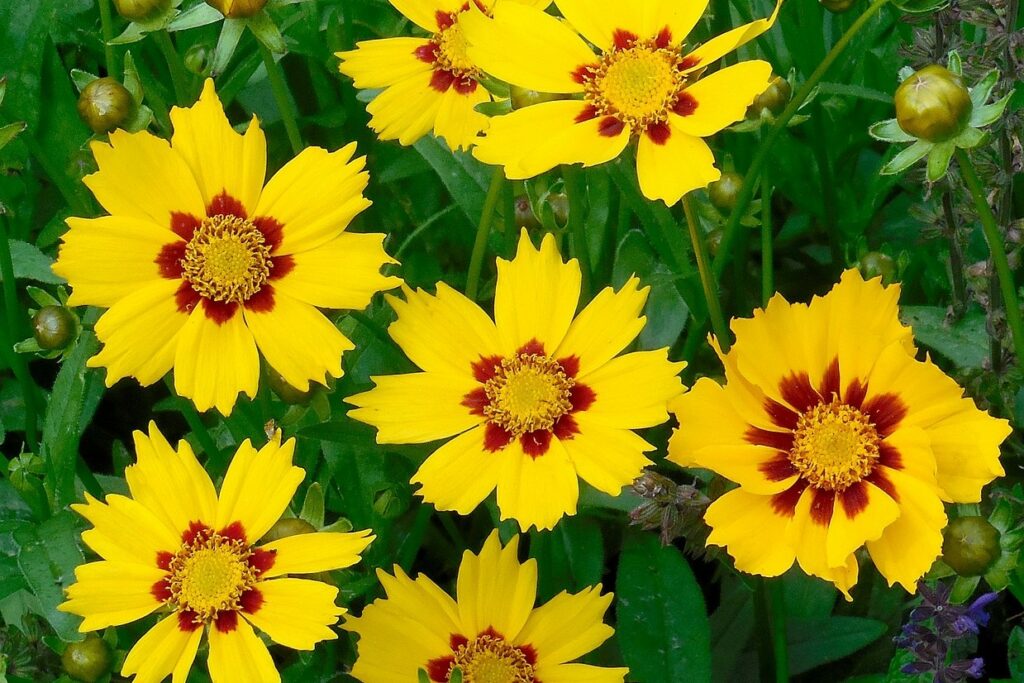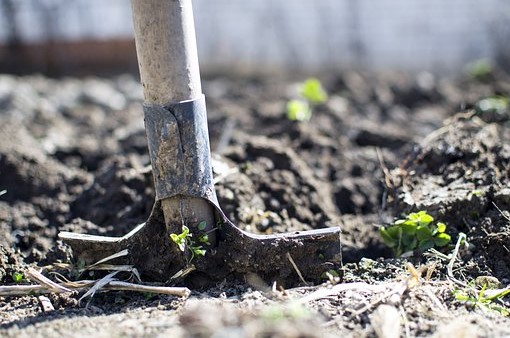How to Grow and Care For Beets
Beets are among the most versatile vegetables you can grow. You can start beets early or late in the season. You can eat both the tops and the tender roots. The red-veined deep green leaves of beets make them an appealing choice for patio containers or border plantings.
Types of Beets
With a wide variety of beet types available, you can choose based on your specific needs. Some varieties yield crops quickly. Some are grown just for their tender tops not the roots. Still others thrive in the late season get very large and store well. Choose the variety that matches your needs.
‘Detroit Dark Red’ A classic choice for many gardeners. These beets typically grow to 2½-3 inches in diameter and feature a deep crimson color.
One significant benefit of Detroit Dark Red is that they do not become woody, even if allowed to grow larger. The consistent size and flavor make them ideal for roasting, boiling, or using in salads.
‘Chioggia’ This Italian heirloom from the mid-1800s got its name from a fishing village near Venice, Italy. ‘Chioggia’ has beautiful red and white concentric rings that make it appealing in dishes and salads.
This heirloom variety not only looks good but also tastes great. The greens are tender and delicious, offering additional harvest opportunities.
‘Golden Boy’ Known for its bright golden-orange flesh and tender, vibrant green tops. This variety matures into uniform globes with refined taproots.
Growing Golden Boy beets gives you a sweeter alternative to traditional red beets. Their mild flavor makes them ideal for salads or roasting.
‘Early Wonder’ Perfect for those seeking a faster harvest. Known for abundant greens and flavorful roots, this variety matures quickly in mild climates and can be harvested as baby beets.
Early Wonder is a versatile beet that is suitable for multiple plantings throughout the growing season. As a result, you can enjoy fresh beets at several intervals, maximizing your garden’s productivity.
Care of Beets
Light
Beets thrive with full sun exposure. Aim for a minimum of six hours of direct sunlight per day. This light promotes healthy leaf growth and root development.
Soil
The ideal soil should be loose, friable, and well-draining. Depth is critical; work the soil to a depth of 6 to 8 inches.
Incorporate ample organic matter to improve soil quality, especially if dealing with clay soil.
Rake soil and remove any rocks or debris during preparation to allow roots to grow freely.
Beets thrive in soil with a pH between 6.5 and 8.0. To achieve the ideal pH, consider testing your soil before planting and follow the result recommendations.
Water
Proper watering is vital for beet development. Maintain soil moisture without saturating it. A light mulch around young beets hinders weeds and helps the soil retain moisture.
Avoid allowing the soil to dry out completely, as this can lead to fibrous tough under-developed roots.
Fertilizer
If your soil lacks organic matter, use a vegetable fertilizer at about two weeks of growth and follow package instructions for ongoing fertilizer applications.
Harvest
Beets are typically ready to harvest when they reach about 2 to 3 inches in diameter.
Check for roots peeking above the soil. Gently loosen the soil around the beet before pulling it out to avoid damaging the roots.

Planting Beet Seeds
- Beets are vegetables that thrive in cool weather so plan spring and fall plantings. They can’t tolerate scorching summer heat but can stand a light frost.
- Plant beet seeds about two weeks before the last frost in spring as soon as you can work the ground. Sow them in succession every two weeks until midsummer. Start planting again in late fall for a winter harvest.
- A beet “seed” can consist of several seeds. When they germinate a small clump of plants will grow that require thinning. Sow the seeds ½ inch deep about two inches apart in rows 12 inches apart.
- When the plants are 1-2 inches tall thin to about 2-3 inches apart. Larger varieties may need to be thinned further apart. When thinning seedlings, carefully pinch or cut out the unwanted plants to avoid pulling up the seedlings you want to keep planted.
Can Beets Grow in Containers?

Beets adapt well to containers, making them great for small spaces. Grow in containers just as they would be grown in the ground.
Varieties ‘Robin’ and ‘Bull’s Blood’ are ideal for container gardens.
Your container should be at least 10 inches deep and a size large enough to allow 4-5 inches around each plant.
Use planters with drainage holes at the bottom. Water should drain from the container and not accumulate in the bottom.
A potting soil that is made for growing vegetables in containers is ideal.
Be selective when thinning seedlings to ensure optimal utilization of space in the container.
Common Problems
- Beets are especially sensitive to boron deficiency. This can cause black spot, sickly growth and poor tasting beets. Compost and organic materials add boron to the soil. Many fertilizers also contain boron as an ingredient.
- Beet greens are routinely attacked by leaf miners, beetles and other insects. The safest way to protect the greens is to cover the entire beet bed with a row cover to keep the insects from laying eggs on the plants and destroying leaves.
- Deer and rabbits will eat beet greens. Try chicken wire tunnels covered with netting to keep deer and rabbits off your veggies.
By incorporating beets into your meals and garden, you maximize their health benefits and flavors while enjoying their beauty as a garden plant. Their adaptability makes beets a rewarding choice for any gardener.
Explore More








Comments
How to Grow and Care For Beets — No Comments
HTML tags allowed in your comment: <a href="" title=""> <abbr title=""> <acronym title=""> <b> <blockquote cite=""> <cite> <code> <del datetime=""> <em> <i> <q cite=""> <s> <strike> <strong>